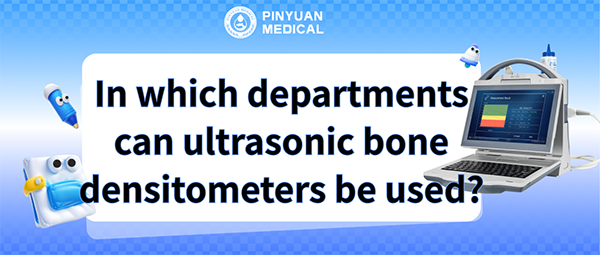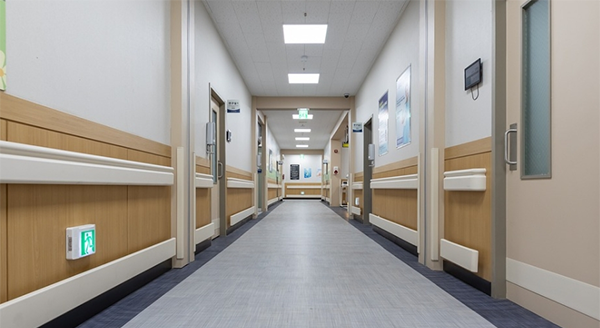The ultrasonic bone density detector has the advantages of no radiation, safety, convenience and rapid detection, and can meet the bone health assessment needs of different groups of people in multiple departments. The BMD-A series ultrasonic bone density detector has a wide range of clinical applications and can be used in the following departments, providing scientific basis for many diseases.
1. Department of Child Health Care
Children are in a critical period of bone growth. The core of bone density testing is to assess the development status of bones and detect abnormalities in a timely manner.
Core testing population: Malnourished children and children with diseases that affect bone development.
The purpose of the test is to determine whether there are abnormal bone development and bone mineral deficiency.
Clinical significance: Through bone density tests, unhealthy conditions or diseases can be detected, and the causes can be analyzed through treatment observation to enhance the effectiveness of prevention and treatment.
2. Obstetrics and Gynecology
Core testing population: Pregnant and lactating women, women experiencing leg cramps or back pain during pregnancy, and perimenopausal women.
Detection purpose: To prevent calcium deficiency in fetuses and infants as well as osteoporosis in pregnant women and lactating mothers. After menopause, the occurrence of osteoporosis in women accelerates, and it is necessary to slow down and alleviate its development.
Clinical significance: Guide nutritional supplementation and reduce the risk of postpartum osteoporosis and fractures.
3. Geriatrics Department
This department is a “high-frequency department” for bone density testing, with its core focus on the diagnosis and treatment of osteoporosis in the elderly.
Core testing population: Elderly people over 65 years old, elderly people with a history of fragility fractures, elderly people who have been bedridden for a long time, and elderly people with chronic diseases.
The purpose of the test: Through bone density testing, monitor the bone changes in old age, carry out preventive treatment in a timely manner, and reduce the incidence of brittle fractures in the elderly.
4. Orthopedics
Core testing population: Patients after orthopedic surgery and those with bone and joint diseases
The purpose of the test: To determine whether the fracture is caused by osteoporosis. Preoperative assessment of fracture risk; Postoperative monitoring of bone healing (such as evaluating callus formation and bone mass recovery after fracture surgery)
Clinical significance: Bone density testing provides a basis for treatment, avoiding the situation where only fractures are treated while neglecting the root cause of “osteoporosis”, which could lead to recurrent fractures.
5. Physical Examination Center
The core of the physical examination center is early detection and early intervention rather than targeted diagnosis and treatment, which belongs to “early warning screening”.
Core testing population: Women after menopause and men over 65 years old are those with significant changes in bone density. In addition, there are also people with a family history of osteoporosis, those who lack exercise or sun exposure for a long time, those who drink alcohol, smoke or coffee for a long time, and those with a history of fractures.
The purpose of the test is to provide timely health advice based on the examination results. For those who have already experienced a significant reduction in bone mass, guide them to a specialized department for further diagnosis and treatment.
Clinical significance: It moves the prevention and control of osteoporosis from “treatment” to “prevention”, slows down the occurrence and development of osteoporosis, and reduces the occurrence of osteoarthritis and fractures.
Post time: Oct-11-2025


